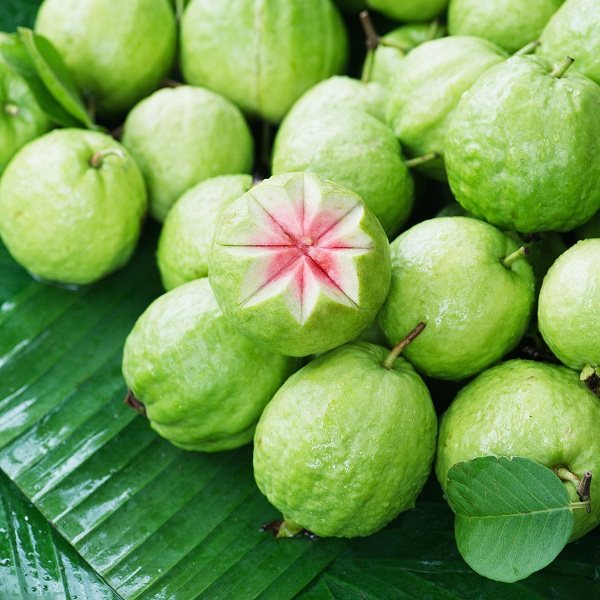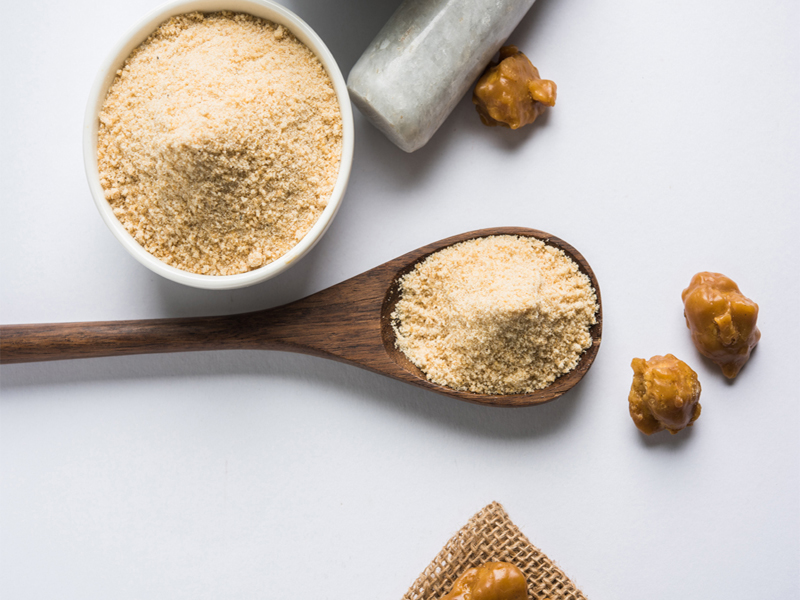12 Best Ragi Benefits (Finger Millet) With Nutrition Facts
Ragi or finger millet is a cereal crop widely grown in Africa and Asia. However, has been cultivated in Uganda and Ethiopia for thousands of years. Ragi in India is known by many names. It is known as Ragi in Kannada and Telugu, Mangal or Mandua in Hindi, Nachni in Marathi, Kodra in Himachal Pradesh, Mandiya is Oriya, Mandua in Uttrakhand, Wimbi in East Africa, Kelvragu in Tamil. Ragi is intercropped with other legumes, cereals, and vegetables. In this article, we will explore some wonderful ragi benefits for health, hair and skin with side effects.

The importance of ragi is that it is a rich source of calcium, protein, fibre, minerals, and iron. Gluten allergy patients can consume it as it does not contain gluten and is easily digestible. Ragi is also rich in iron and therefore good for people with anaemia.
What Is Finger Millet?
Finger millet or Ragi is a cereal crop that belongs to the grass family, Poaceae. It is mostly grown in the Karnataka, Andhra Pradesh, Maharashtra, Odisha, Goa, Uttrakhand, and Tamil Nadu. Making of bread, porridge and alcoholic beverages are some ragi powder uses.
It is believed to be a great laxative due to its high fibre content and prevents constipation. Even lactating mothers who cannot produce sufficient milk feed it to their babies.
Is Ragi Good For Health?
Ragi benefits by providing nutrients that help in reducing weight and treating diseases like diabetes, anaemia, and osteoporosis. It digests very slowly, this makes it good for obese and diabetic patients.
Ragi also contains an amino acid called tryptophan, Methionine, and Lysine. Tryptophan controls your appetite and aids in weight loss. Methionine and Lysine make the skin tissue less prone to wrinkles and sagging.
Importance Of Ragi:
- When consumed on a regular basis; Ragi is very good at dealing with conditions like depression, insomnia, hypertension, headaches, and anxiety.
- The presence of antioxidants especially tryptophan and amino acids work as natural relaxants. It is also a very healthy food for infants. The high calcium content helps with bone development.
- It is the main source of nutrition and a very important crop. Since it can withstand severe drought conditions, it can easily be grown throughout the year.
- It is nutritionally higher in protein and minerals in comparison to rice and other cereals, making it a protein source for vegetarian diets.
Nutritional Value Of Ragi:
Finger millet nutrition value is that it contains important amino acids like leucine, isoleucine, methionine, and phenylalanine which are not present in other starchy meals. Due to the high content of dietary fibre and polyphenols, it has antidiabetic, antimicrobial, antioxidant properties that prevent tumours and atherosclerosis. Some of the finger millet nutrition facts per 100 grams are mentioned in the table below.























